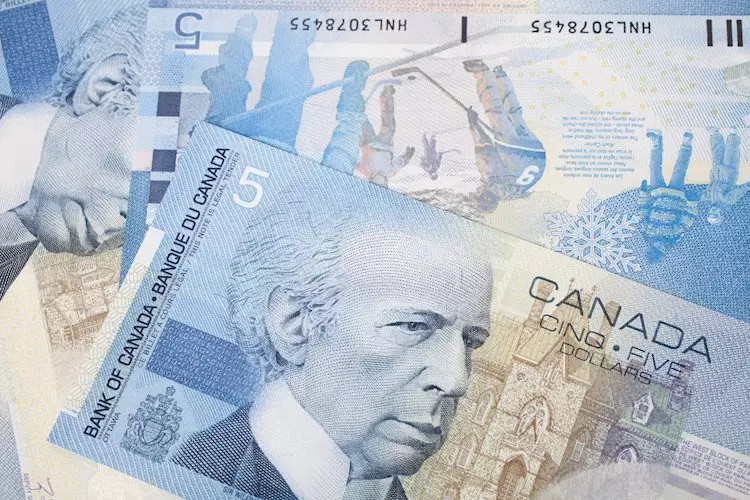As of November 21, the US Dollar (USD) Index is positioned at approximately 106.50, indicating a phase of consolidation following a positive close on the previous trading day. This stability suggests that the dollar has managed to maintain its strength across various major currencies, notably showing notable resilience against the Japanese Yen (JPY). The current economic climate creates a backdrop where market participants are particularly vigilant regarding forthcoming economic indicators that could signal shifts in monetary policy.
In the US, the economic calendar is packed with critical data releases, including the weekly Initial Jobless Claims and Existing Home Sales figures for October. The Fed’s regional surveys, particularly those from the Philadelphia and Kansas City branches, will provide further insight into the manufacturing landscape. Such data points play an essential role in shaping market perceptions of the economy and, consequently, the trajectory of the USD.
A curious tension exists within the US economic landscape. On one hand, strong economic indicators can bolster the US Dollar, making it a more attractive prospect for foreign investors. Conversely, indicators suggesting economic slowdowns often lead to speculation about potential interest rate cuts by the Federal Reserve. As the Fed navigates between fostering economic growth and controlling inflation, their interest rate decisions remain a focal point for currency fluctuations.
The strength of the USD against the JPY illustrates this dynamic clearly. While the USD enjoyed a brief rally against the Yen, it faces bearish pressures that bring its value below the 155.00 mark. The sentiment around the currency pairs reflects traders’ caution as they anticipate guidance from Fed officials later in the day.
Furthermore, the speeches from Federal Reserve officials, including Cleveland Fed President Beth Hammack and Chicago Fed President Austan Goolsbee, are also generating attention. These discussions can provide vital clues about the Fed’s approach to interest rate adjustments. The current outlook suggests a balancing act: the Fed’s dual mandate is to control inflation while also promoting employment. Both objectives are crucial for maintaining economic stability, but they often pull policymakers in opposing directions.
The Federal Reserve’s monetary policy tools, particularly interest rate changes, have significant implications for the USD’s strength. An increase in interest rates typically attracts foreign investments and strengthens the dollar. In contrast, a decremented rate serves to weaken the currency, often leading to a flood of capital inflow as borrowing costs decrease and consumer spending rises. The delicate interplay of these factors underscores the importance of upcoming economic data releases.
Expanding the lens beyond the US, global economic indicators also weigh heavily on the USD’s fortunes. Recent comments from Bank of Japan Governor Kazuo Ueda illustrate international monetary policy’s interconnectedness. Ueda’s emphasis on monitoring exchange-rate movements is particularly telling; currency valuations can greatly influence economic outcomes in both developing and developed nations.
In this context, the Euro (EUR) also remains under scrutiny as EUR/USD consolidates around 1.0550, revealing investor apprehensions amid bleak European economic signals. Upcoming Consumer Confidence data from the European Commission is anticipated to further impact the euro’s trajectory and its positioning against the dollar.
Gold is another asset reflecting the broader market sentiment. Its recent ascent signals a flight to safe-haven assets as uncertainty prompts investors to hedge against volatility. The precious metal’s price increase above $2,660 could serve as an indicator of weakening confidence in fiat currencies amidst shifting monetary dynamics.
Looking towards Canada and the UK, the USD/CAD currency pair has started to stabilize, hovering above the 1.3950 mark after recent fluctuations. This shift comes as Statistics Canada prepares to release the New Housing Price Index for October, which could provide critical insights into the economic health of Canada. As for the GBP/USD pair, it has shown minimal movement despite strong inflation readings in the UK, a signal of the market’s cautious stance as participants await further developments in both monetary policies.
The currency markets are currently experiencing a period marked by caution and consolidation, with the USD holding on amid mixed economic signals both at home and abroad. The interplay of local and global economic indicators, statements from central bankers, and the relative movements among major currencies suggest that market participants need to remain vigilant in the face of potentially transformative economic policies. As these trends unfold, the evolving landscape of currency trading will likely offer both challenges and opportunities for investors seeking to navigate this complex environment.

